
Our Work in Quispicanchi:
The Region
Our work is concentrated in three pueblos in the western part or the Quispicanchi province. Local parish centers are the heart of community life and the Quispicanchi Project provides support to centers in the Andahuaylillas, Urcos, and Huaro. In addition to these three pueblos we provide critical support to Sullyumayu, a community of roughly 100 families living in the remote highlands above Huaro.
Andahuaylillas
"Anda" is the first stop on what is known as the Baroque Andean Route, a network of churches dating back to the 15th and 16th centuries that feature a unique blend of architectural influences found nowhere else in the world. The pueblo of roughly 1000 families is home to the "Sistine Chapel of the Americas," the most well known and often visited of these churches. The church and the visitors it attracts represent the townships primary industry and source of revenue for many families.
Huaro & Sullumayo
West of the pueblo of Huaro, this remote community is perched just above 14,000 ft and is one of Peru’s poorest regions. Few means of employment exist except for family farms and local mines. Sparsely populated, children hike as much as two hours one-way to attend school. The school is the center of the community. In a recent health study of the community, 100% of the school’s secondary students were diagnosed with Anemia, a condition resulting from poor nutrition.
Urcos
The capital city of the Quispicanchi Province, Urcos is located on the Urabamba River at an altitude of 10,335 feet. The Urabamba river is one of the headwaters of the Amazon River and runs past such notable sites as Machu Picchu and the pre-Incan site of Pikillacta. Largely off of the tourist route, Urcos' population is roughly 10,000 people and the city serves as a transportation hub for people traveling between Cuzco and major cities in Southern Peru.






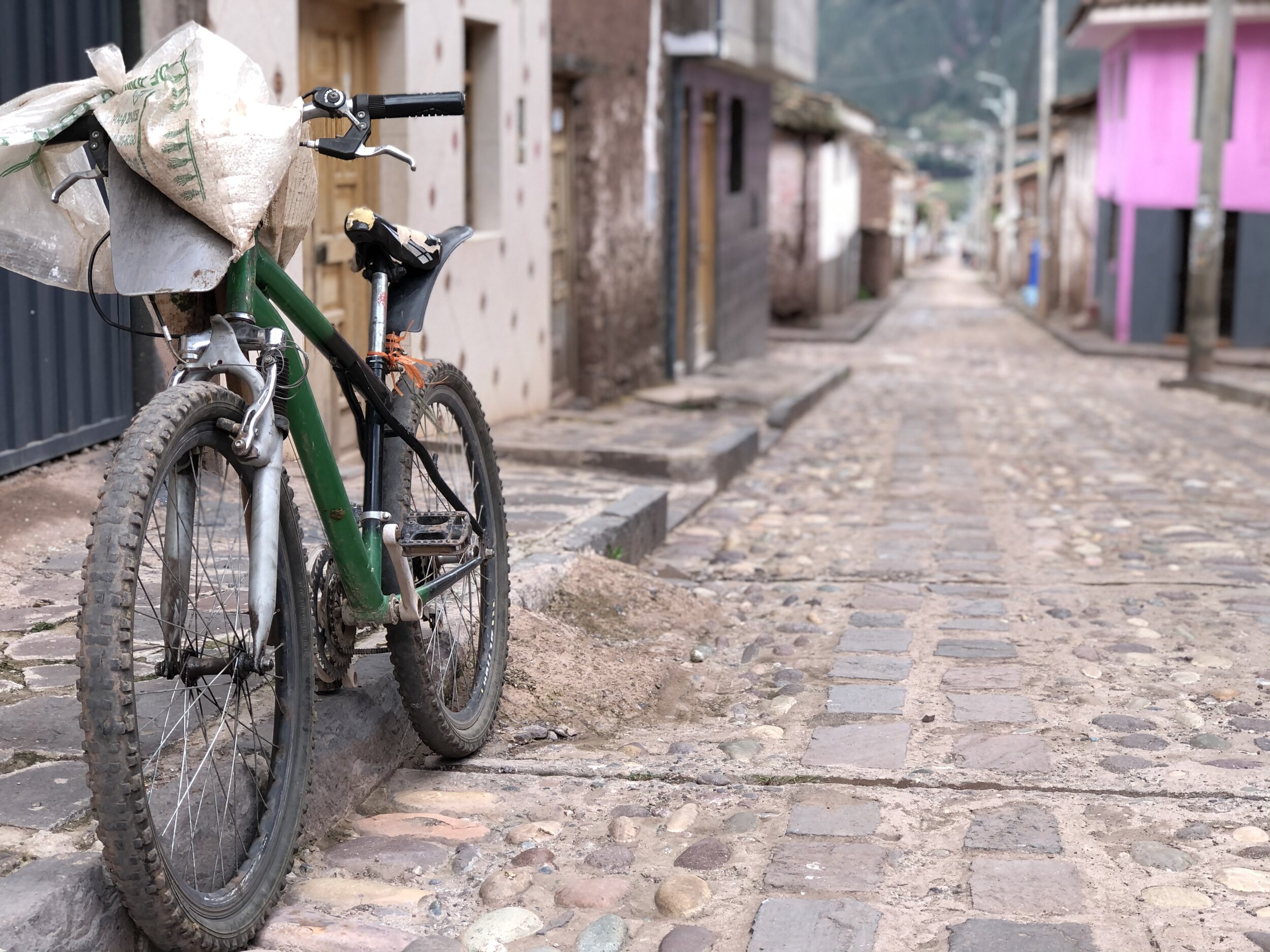

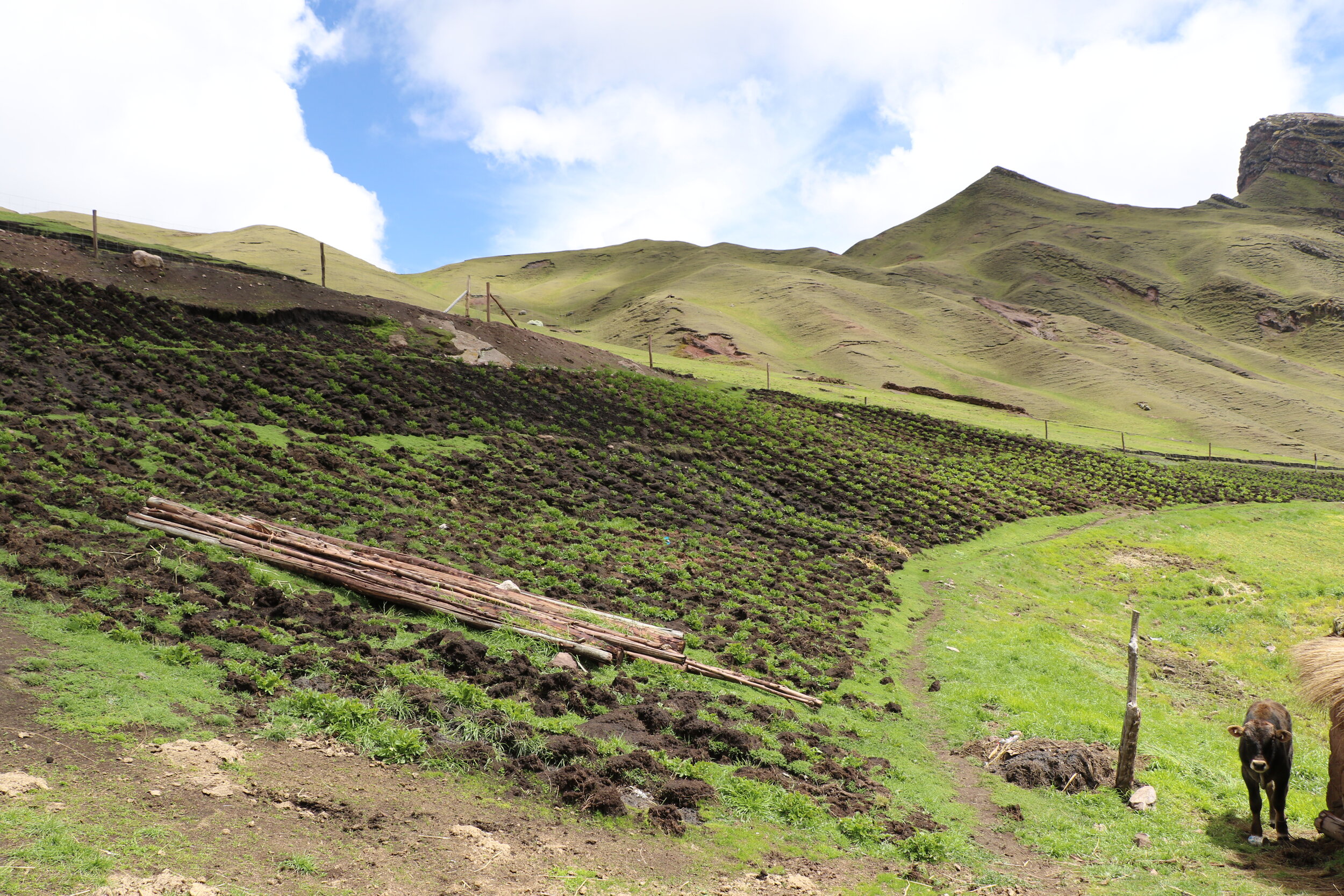





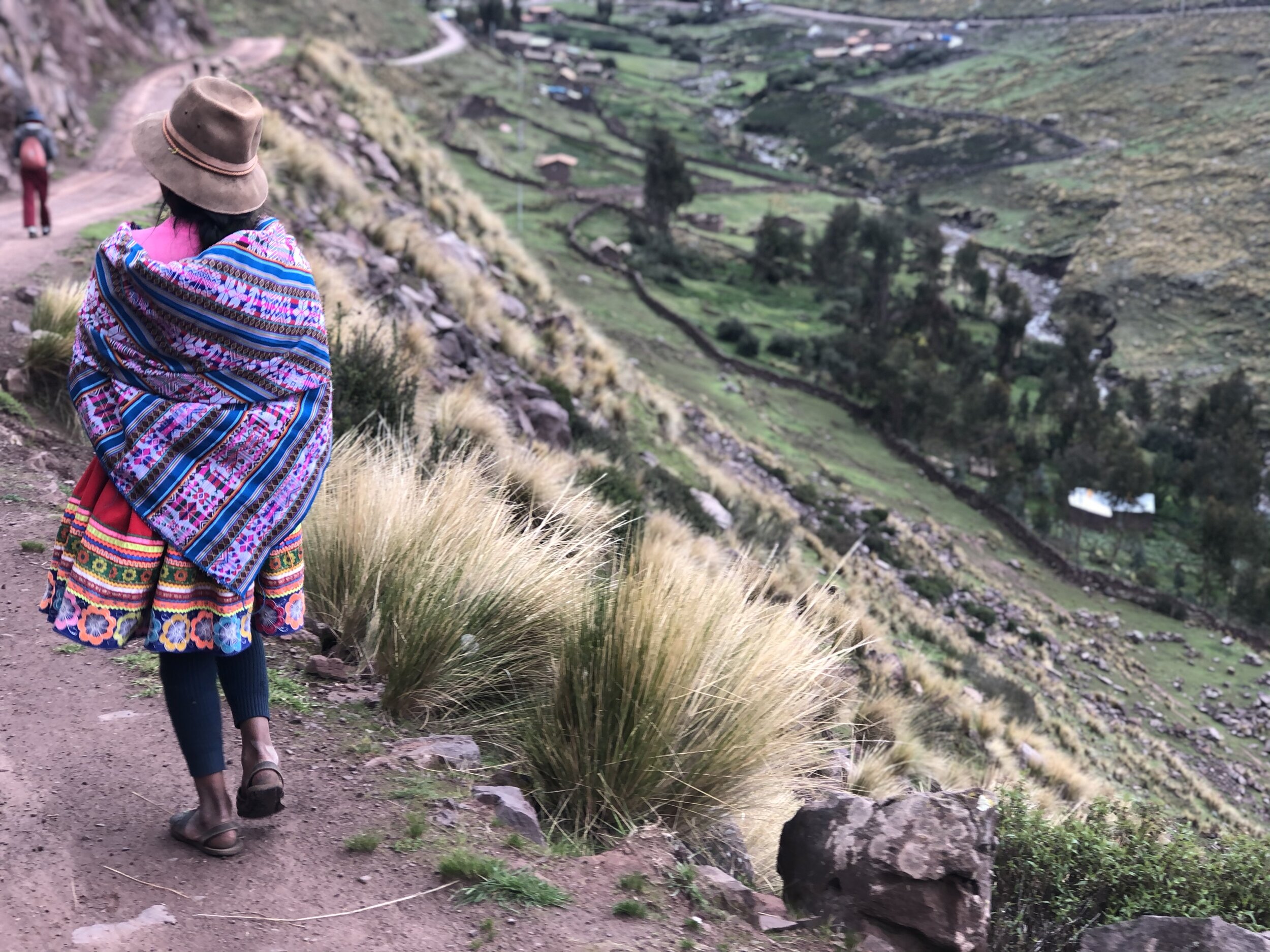

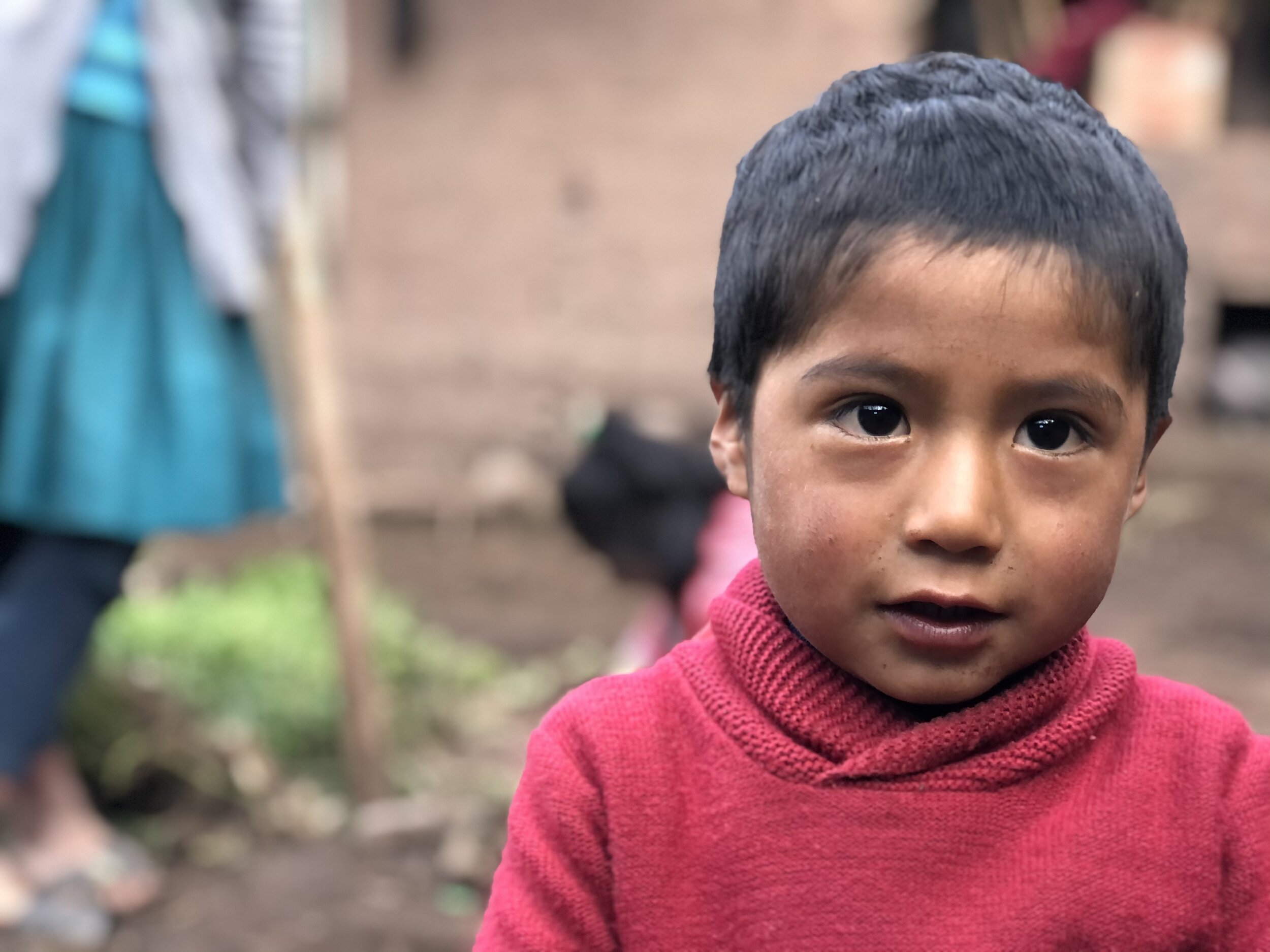


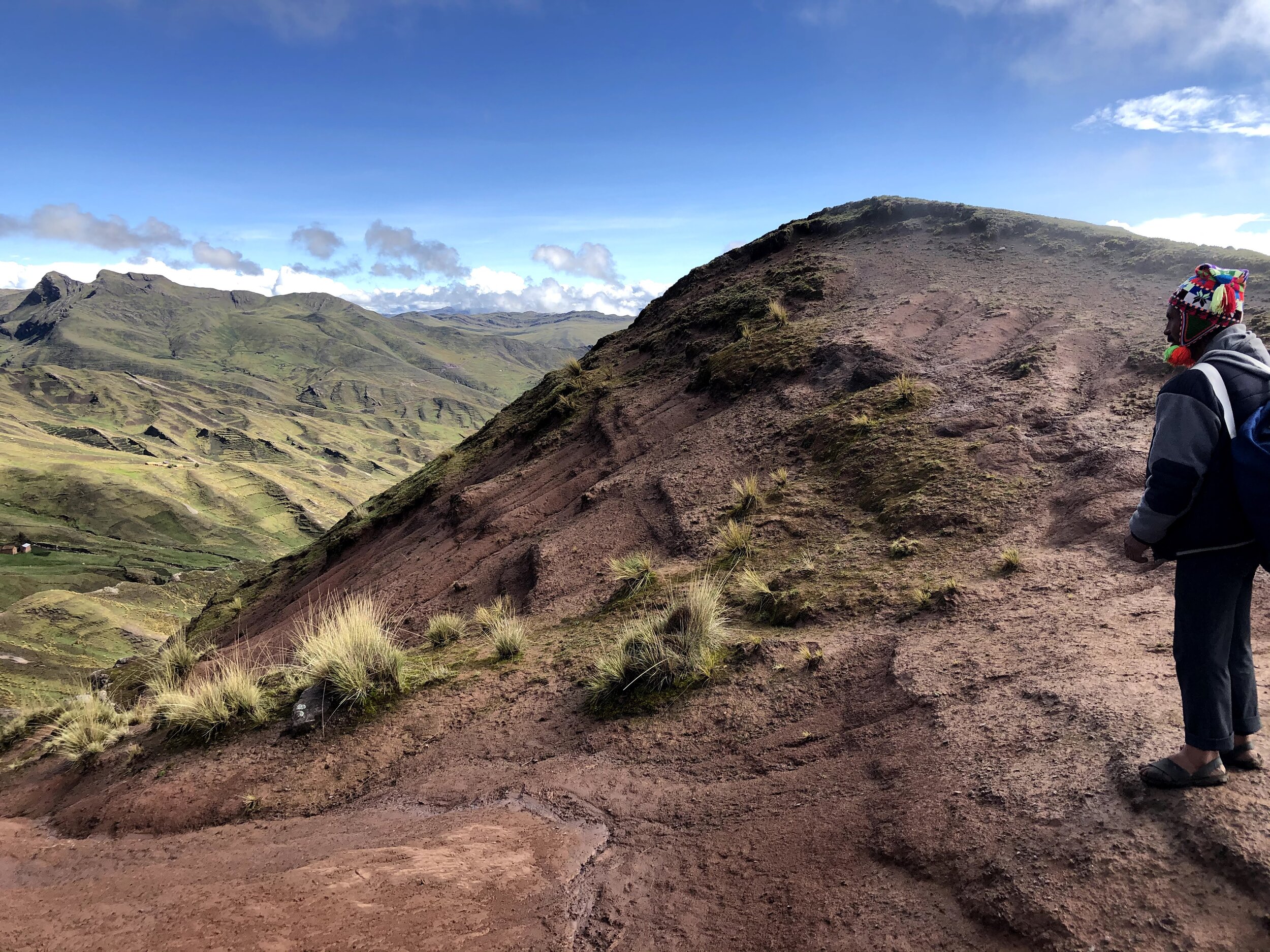





The Reality
While in recent years great economic progress has been made, lifting many people who live in Peru out of poverty due in large part to the growth in international tourism, there exists an significant divide between urban and rural areas of the country. Peru’s success has been driven in part by a large “informal economy” of individuals who depend on the continued growth of international tourism. Of the people who are a part of this informal economy, 70% have no social safety net.
In many rural areas the poverty level, identified as individuals living on less than 338 soles/month ($150), approaches or exceeds 50% of the population. 73% of all rural households do not have access to public running water. Additionally only about 50% of all rural peoples continue their education past the primary level. In the highlands, children walk as long as 2 hours one-way to go to school, often through dangerous terrain. Due to limited access to affordable fruits, vegetables, and proteins many of these children have diets comprised primarily of potatoes and rice - leading to high rates of malnutrition and anemia. Additionally, given this reality; the distance to school and the nutritional limitations, many young people choose to stop attending school and start earning wages, leading to high dropout rates.
There are three current primary areas of need identified by the Quispicanchi Project. This is where we will focus our resources when developing culturally responsive solutions in collaboration with our friends in the region: nutrition, health/hygiene, and early childhood literacy.








